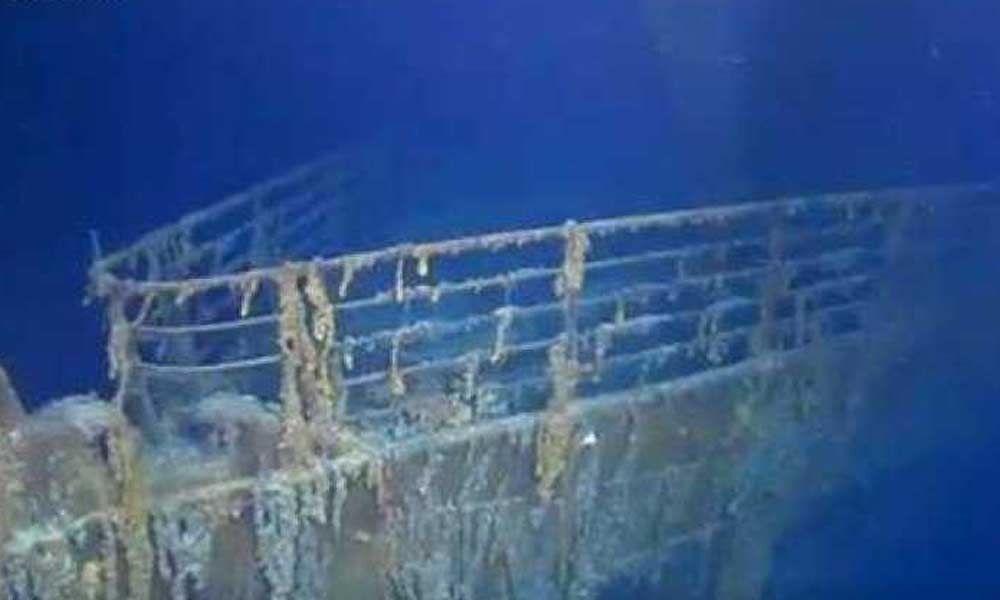Live
- Tensions Flare Between BRS and Congress Workers in Yadadri District
- Dafabet Bonus Code 2025: Claim ₹16,000 in free bets
- CM Revanth Reddy Pays Tributes to Swami Vivekananda on His Birth Anniversary
- Boat races and swimming Competitions held in Atreyapuram
- 100 Indian firms file draft IPO papers, fundraising may surpass Rs 2 lakh cr this year
- Liton, Shakib miss out as Bangladesh announce Champions Trophy squad
- Telangana to issue new ration cards to eligible from Jan 26
- Karate academy masters pay tribute to Swamy Vivekananda
- Celebrate Makar Sankranti with nutritious millet delights
- TTD officials along with ministers hands over Ex-Gratia to stampede victims









